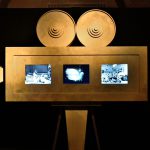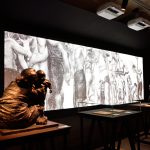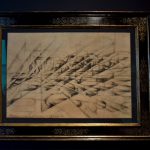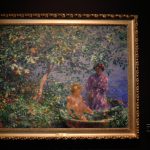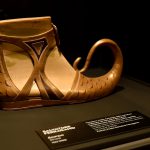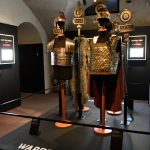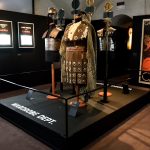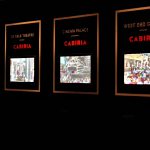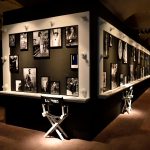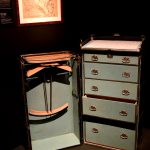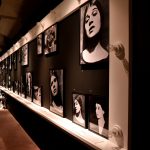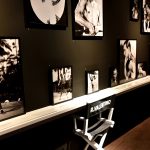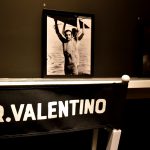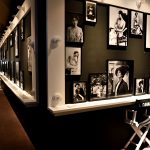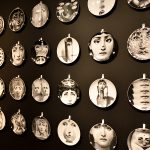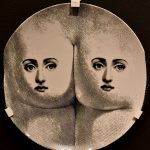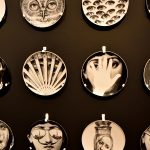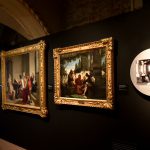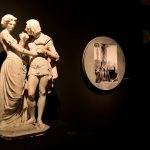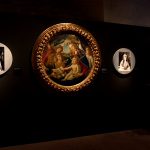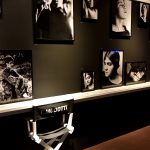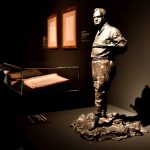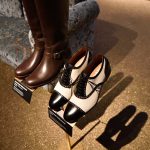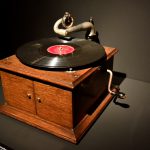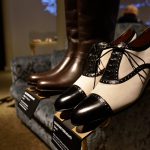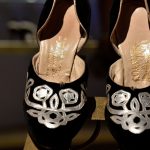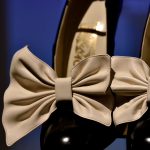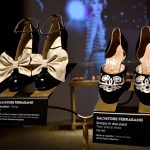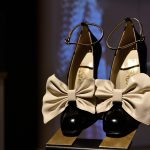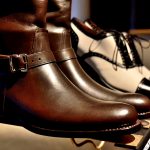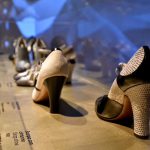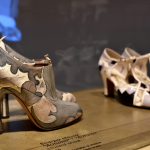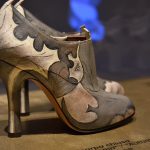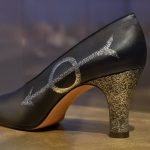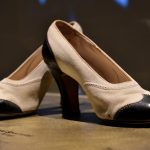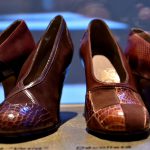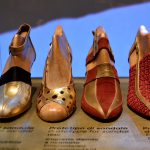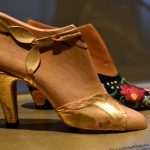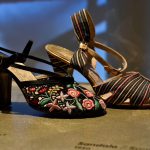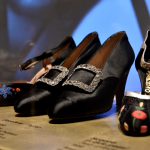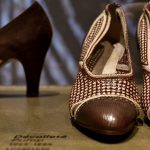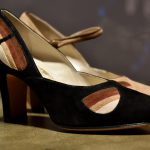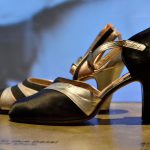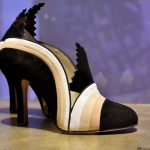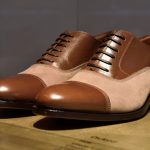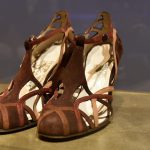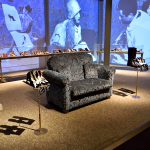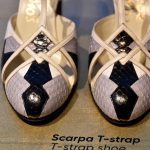- ph. Andrea Paoletti https://andreapaoletti.com/
- ph. Andrea Paoletti https://andreapaoletti.com/
- ph. Andrea Paoletti https://andreapaoletti.com/
- ph. Andrea Paoletti https://andreapaoletti.com/
- ph. Andrea Paoletti https://andreapaoletti.com/
- ph. Andrea Paoletti https://andreapaoletti.com/
- ph. Andrea Paoletti https://andreapaoletti.com/
- ph. Andrea Paoletti https://andreapaoletti.com/
- ph. Andrea Paoletti https://andreapaoletti.com/
- ph. Andrea Paoletti https://andreapaoletti.com/
- ph. Andrea Paoletti https://andreapaoletti.com/
- ph. Andrea Paoletti https://andreapaoletti.com/
- ph. Andrea Paoletti https://andreapaoletti.com/
- ph. Andrea Paoletti https://andreapaoletti.com/
- ph. Andrea Paoletti https://andreapaoletti.com/
- ph. Andrea Paoletti https://andreapaoletti.com/
- ph. Andrea Paoletti https://andreapaoletti.com/
- ph. Andrea Paoletti https://andreapaoletti.com/
- ph. Andrea Paoletti https://andreapaoletti.com/
- ph. Andrea Paoletti https://andreapaoletti.com/
- ph. Andrea Paoletti https://andreapaoletti.com/
- ph. Andrea Paoletti https://andreapaoletti.com/
- ph. Andrea Paoletti https://andreapaoletti.com/
- ph. Andrea Paoletti https://andreapaoletti.com/
- ph. Andrea Paoletti https://andreapaoletti.com/
- ph. Andrea Paoletti https://andreapaoletti.com/
- ph. Andrea Paoletti https://andreapaoletti.com/
- ph. Andrea Paoletti https://andreapaoletti.com/
- ph. Andrea Paoletti https://andreapaoletti.com/
- ph. Andrea Paoletti https://andreapaoletti.com/
- ph. Andrea Paoletti https://andreapaoletti.com/
- ph. Andrea Paoletti https://andreapaoletti.com/
- ph. Andrea Paoletti https://andreapaoletti.com/
- ph. Andrea Paoletti https://andreapaoletti.com/
- ph. Andrea Paoletti https://andreapaoletti.com/
- ph. Andrea Paoletti https://andreapaoletti.com/
- ph. Andrea Paoletti https://andreapaoletti.com/
- ph. Andrea Paoletti https://andreapaoletti.com/
- ph. Andrea Paoletti https://andreapaoletti.com/
- ph. Andrea Paoletti https://andreapaoletti.com/
- ph. Andrea Paoletti https://andreapaoletti.com/
- ph. Andrea Paoletti https://andreapaoletti.com/
- ph. Andrea Paoletti https://andreapaoletti.com/
- ph. Andrea Paoletti https://andreapaoletti.com/
- ph. Andrea Paoletti https://andreapaoletti.com/
- ph. Andrea Paoletti https://andreapaoletti.com/
- ph. Andrea Paoletti https://andreapaoletti.com/
- ph. Andrea Paoletti https://andreapaoletti.com/
- ph. Andrea Paoletti https://andreapaoletti.com/
- ph. Andrea Paoletti https://andreapaoletti.com/
- ph. Andrea Paoletti https://andreapaoletti.com/
No theme is better suited for an exhibition today than immigration, but the current show at the Salvatore Ferragamo Museum recalls an earlier time. Italy in Hollywood tackles all manner of questions surrounding mass Italian immigration at the turn of the 20th century, from stereotypes to inspiration, resentment to worship, tied together by the unique yet symbolic Italian migration story of Salvatore Ferragamo, who emigrated to the United States in 1915.
Not yet 18, Salvatore set off for America, just as so many Italians had done before him, his two older brothers included. After a brief stint in Boston, Ferragamo moved to Santa Barbara, California, where his career began. The exhibition opens with an introduction to Italian immigration to the Golden State, which, unlike the communities in Chicago and New York, saw the arrival of skilled workers. Considered the “best Italian colony in the United States,” immigrants included Ischia-native fishermen armed with skills and the Jacuzzi brothers, who invented a successful irrigation pump for local farmers as well as being the men behind the famous whirlpool bathtubs. They founded newspapers, worked on the railways and brought their crafts to the American public—and Salvatore was one of them.
Before long, a genuine interest in Italian culture began to show, epitomized in the exhibition by the Italian Pavilion at the Panama – Pacific International Exposition of San Francisco in 1915, a key moment in the US’s fascination with the culture. Archival footage allows visitors a peek at the pavilion and all the people who enthusiastically showed up to witness it, while accompanying the video installation are works that made an appearance at the 1915 exposition, including Nudo di donna (Susanna) by Giuseppe Graziosi and the Futurist Giacomo Balla’s Disgregazione X velocità. But signs of such inspiration were weaving their way through American aesthetics on more private fronts too. Photographs reveal the Italianate style that defined the design of theatres, villas and gardens of the era.
As the exhibition’s title would suggest, cinema was impacted also by all things Italian. While Hollywood may be synonymous with the Golden Age of film, Italian cinema were renowned for its grandeur and sweeping epics, many of which were set in antiquity. Bringing the first section to a close, clips from three American epics are shown side by side: Cabiria (1914), a roaring success in the US and written in part by Gabriele D’Annunzio, is shown next to two later films it was credited with influencing, Intolerance (1916) and The Ten Commandments (1923), together emphasizing the great interest the American public had in such styles of filmmaking. With an entire room dedicated to Cabiria, complete with original costumes, period advertising posters and colour stills from the film, we are left with no doubt of the importance Italian cinema had on the American industry.
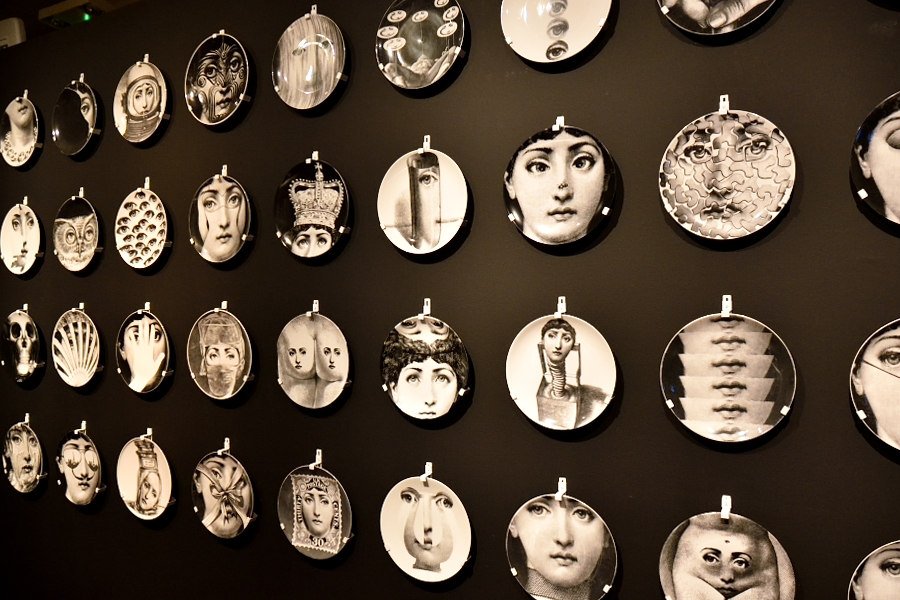
The endless faces of Lina Cavalieri, re-
Museum goers now arrive at the crux of the exhibition, a wall of fame featuring the four biggest Italian stars of the day: Lina Cavalieri, Enrico Caruso, Tina Modotti and Rudolph Valentino. For enthusiasts of the silent film era and the Roaring Twenties, the dozens of photos, personal effects and film clips of these four actors and actresses are a delight to behold. This is where all the glamour of the time merges, in the formidable but loveable likeness of Caruso, the seductive and mysterious portraits of Modotti, the elegant beauty of Cavalieri and the graceful, dashing dandy that was Valentino. We understand the great love Americans had for these figures, the impact Lina had on aesthetics long after her death and the warring attitudes with which the public struggled when faced with the effeminate Valentino, beloved but nonetheless viewed as a threat to the macho archetype.
The exhibition ends in glamorous fashion befitting of Hollywood royalty. As Salvatore Ferragamo witnessed the dawn of the American film industry, he saw an opportunity and was quick to seize it. When the core of the industry moved from Santa Barbara to Hollywood, the shoemaker didn’t skip a beat. He packed up and followed, taking over the Hollywood Boot Shop, just across the street from Grauman’s Egyptian Theatre, the city’s newly opened hotspot on a main shopping thoroughfare. A space reminiscent of the shop has been reconstructed in the exhibition, complete with a couch modelled after the one Ferragamo installed in his store nearly 100 years ago. An elegant array of originals and prototypes of some of Salvatore’s most prized creations line the room, including pairs designed for Rudolph Valentino and Gloria Swanson, while projected onto the walls are photos from inside the real Hollywood Boot Shop.
In a display of engagement, visitors are invited to take photos on the couch, re-enacting the sensation of being welcomed into the hallowed rooms of Salvatore Ferragamo’s exclusive shop. It’s a moment ripe with selfie opportunities, bringing us back to modernity while recognizing that even a century ago the glamour of being seen was as much of a commodity as it is today.
Italy in Hollywood
Museo Salvatore Ferragamo, piazza Santa Trinita 5R, Florence
Until March 19, 2018
Open 10am-7:30pm, closed August 15, December 25, January 1, May 1
Admission 9 euro

